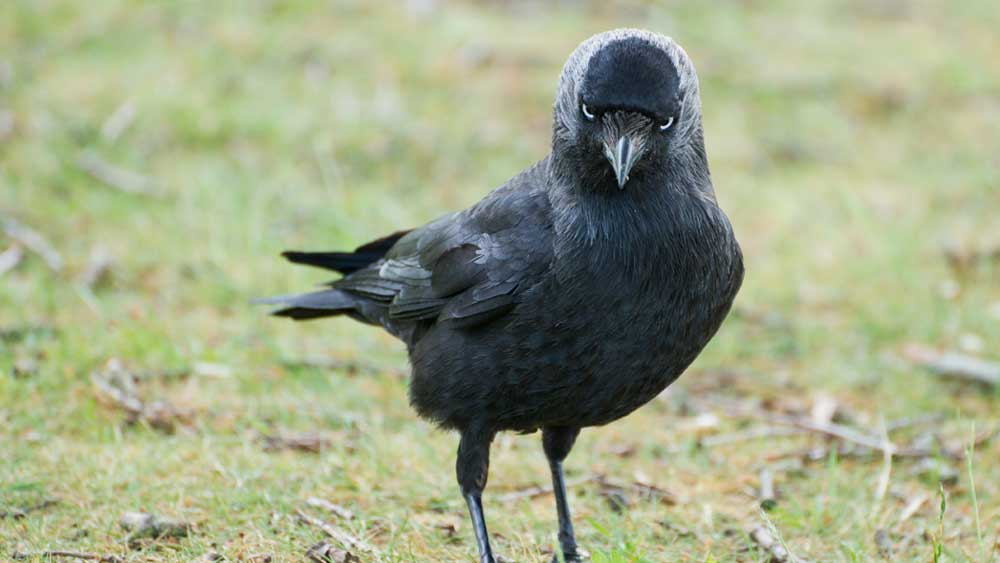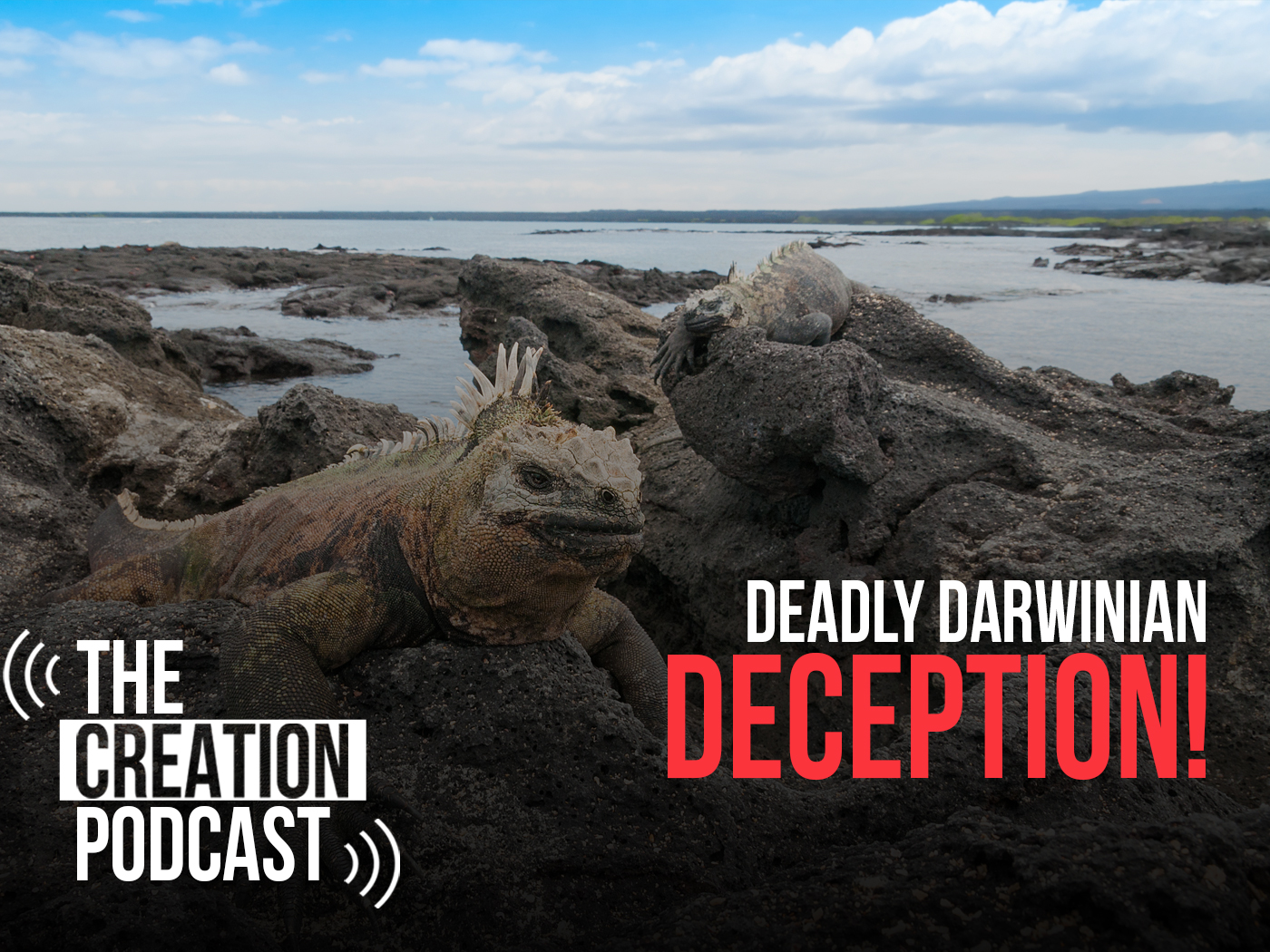Don’t think that humans have a monopoly on “social distancing”—because even birds are prudent in physical distancing, depending on the contingent hazards that they perceive nearby.1,2 And birds, like humans, warn one another about the dangers they see, and how best to avoid them.2-4
Consider Europe’s crow-like bird the jackdaw that can identify which humans are “safe” and which humans are “dangerous.”
Recent research shows how these birds deal with danger.
Specifically, the jackdaws were experimentally observed on how they reacted to jackdaw signals,3 giving information about approaching humans—namely, which humans were potential threats that needed to be quickly avoided.2
Audio recordings were played, to signal if a new human was “safe” or a threat.
In short, the experimental observations show that wild jackdaws can remember which humans are nice (or not) to them. This shows that wild jackdaws report this evaluative information among themselves.
Not only do the birds promptly take appropriate defensive actions, they recall later which humans they were warned to avoid.2,3
These birds don’t rely upon evolutionary “good luck” to avoid dangerous people. These jackdaws are given and utilize wisdom, with a little help from their friends.
God Himself made these communicative birds smart and mutually helpful.5
References
1. Johnson, J. J. S. 2020. Comparing Starling Murmurations to Social Distancing. Creation Science Update. Posted on ICR.org April 16, 2020, accessed April 30, 2020. See also Johnson, J. J. S. 2019. God Crafted Creatures to Communicate. Acts & Facts. 48 (11):21.
2. Lee, V. E., N. Régli, et al. 2019. Social Learning about Dangerous People by Wild Jackdaws. Royal Society Open Science. 6:191031.
3. Watson, P. 2019. Jackdaws can Identify ‘Dangerous’ Humans, Scientists Say. Independent. Posted on Independent.co.uk September 24, 2020, accessed April 30, 2020.
4. Remembering who is nice, or is not, is a trait not limited to corvid birds. Human children, even without direct help from adults, are especially quick to learn and likely to recall such experiences. Abernathy, A., and T. Abernathy. 1998. Bud and Me, the True Adventures of the Abernathy Boys. Irving, TX: Dove Creek Press, 40-41, 44-45, 66-68, 86. Likewise, even bumblebees recognize specific humans, with some memory as to who is a problem requiring some kind of defensive attention. Sherwin, F. Bee Brains Aren't Pea Brains. Creation Science Update. Posted on ICR.org July 11, 2019, accessed April 30, 2020. See also Ropes, M. 2000. Mary Jones and her Bible. Tain, Scotland: Christian Focus Publications, 134-137. Bees specifically recognized Mary Jones as harmless and never stung her.
5. Proverbs 30:24-28. Johnson, J. J. S. 2017. Clever Creatures: ‘Wise from Receiving Wisdom’. Acts & Facts. 46(3):21. See also Burke, M. 2016. Only Clever Observers Realize Just How Intelligent Fish Crows Are. Chesapeake Bay Journal. 26(8):39.
*Dr. Johnson is Associate Professor of Apologetics and Chief Academic Officer at the Institute for Creation Research.







